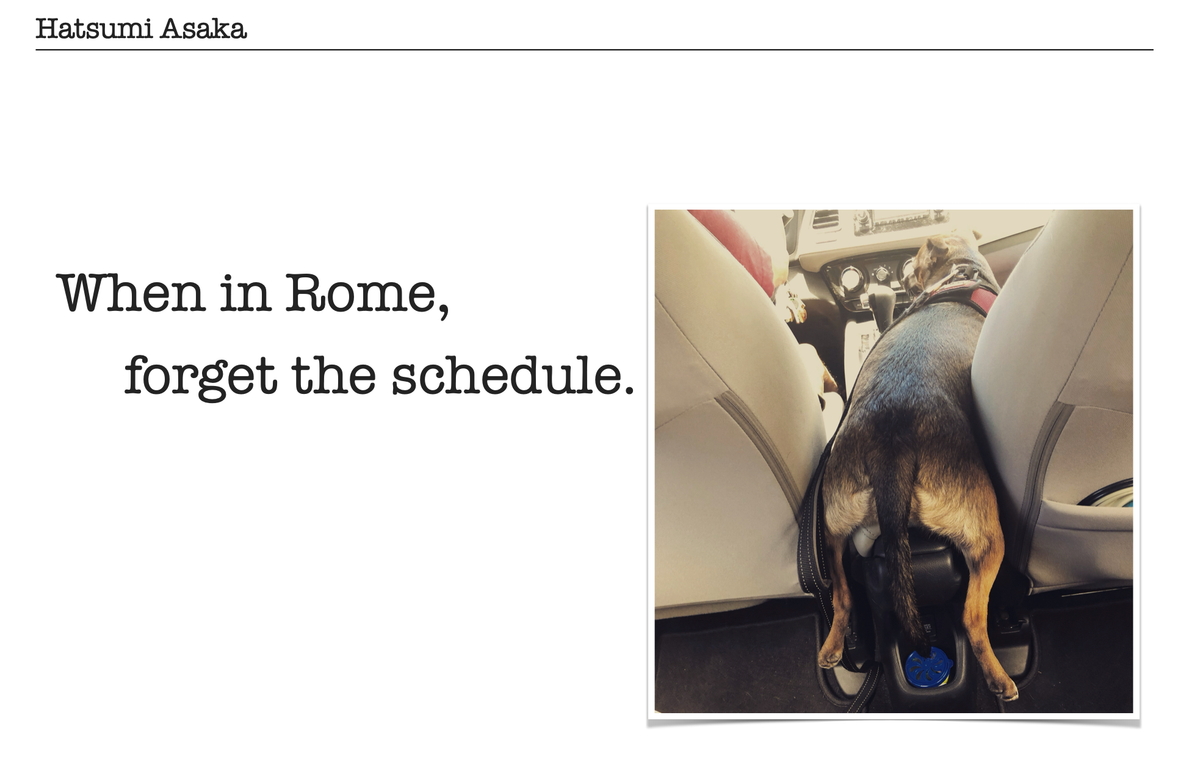Cross-Cultural Creativity

Even in TV production, “When in Rome, do as the Romans do” is more than just a saying—it’s a survival skill.
Because a country where everything runs on schedule, like Japan, where I was born and raised, is rare in the world.
Trains arrive down to the second. Not only being late, but even being early is frowned upon. If a train leaves 20 seconds early, you’ll hear an announcement over the station speakers apologizing for the inconvenience. That’s how precise things are.
Everyone follows the schedule. Crew members quietly do their jobs exactly as planned.
I spent years working in that kind of environment.
When I was based in Tokyo, I produced a travel magazine show.
I would fly to international destinations, stay for two weeks to film local culture, food, and daily life, and then return to Japan to edit and air the episodes. As soon as one country was wrapped up, I was off to the next country. That kind of relentless schedule went on for years.
My first overseas shoot was in Madrid, Spain.
We had arranged to film at a historic hat shop that specializes in making traditional flamenco hats. However, when we arrived at the appointed time, the shop was closed. We waited for an hour—still closed.
The local coordinator smiled and said, “They probably decided to take the rest of the day off for siesta. Let’s just come back another time.”
I was the only one who looked even remotely stressed.
Our local production assistant, Ángel, had gone to grab some water and just never came back.
I found him sitting outside a café across the street, chatting happily with a girl at the next table, sipping coffee like he had all the time in the world.
I asked, “What if the shop opens and you’re not there for the shoot?”
He smiled and said, “But you’re here, Hatsumi. You’ll tell me.”
I wasn’t angry. I was just… stunned. In Japan, assistants typically arrive before anyone else and leave after everyone has gone. At lunch, they serve everyone else before they even think about eating. And then they finish quickly to clean up. That’s the default.
So his looseness, his lightness, caught me completely off guard. I was sweating and dazed in the Spanish summer heat, trying to stay on track.
When I finally sat down next to Ángel, he immediately ordered iced coffee for me and said with a big, genuine smile.
“Working with you and the Japanese crew? This is a dream. Arigato.”
And that’s when it hit me: unless I let go of my rigid mindset and embraced their way of working—with its flexible timing, spontaneous rhythm, and the joy that came with it—we’d never capture anything real or good on camera. If I clung to Japan’s version of “perfect execution,” I’d crush the atmosphere—and kill my own creativity.
So I changed gears.
If the shop’s closed, film the closed door. Show the audience that in Spain, siesta isn’t bound to a fixed time. Those things don’t run by the clock.
That that is the story.
From that day on, new storylines started to unfold—naturally and freely. (And yes, we eventually got to film inside the hat shop too.)
In Japan, keeping promises and sticking to the plan is a mark of professionalism. But in other countries, going with the flow is what opens the door to creativity.
That day, by choosing to follow the rhythm of the place, I found a new kind of freedom.
